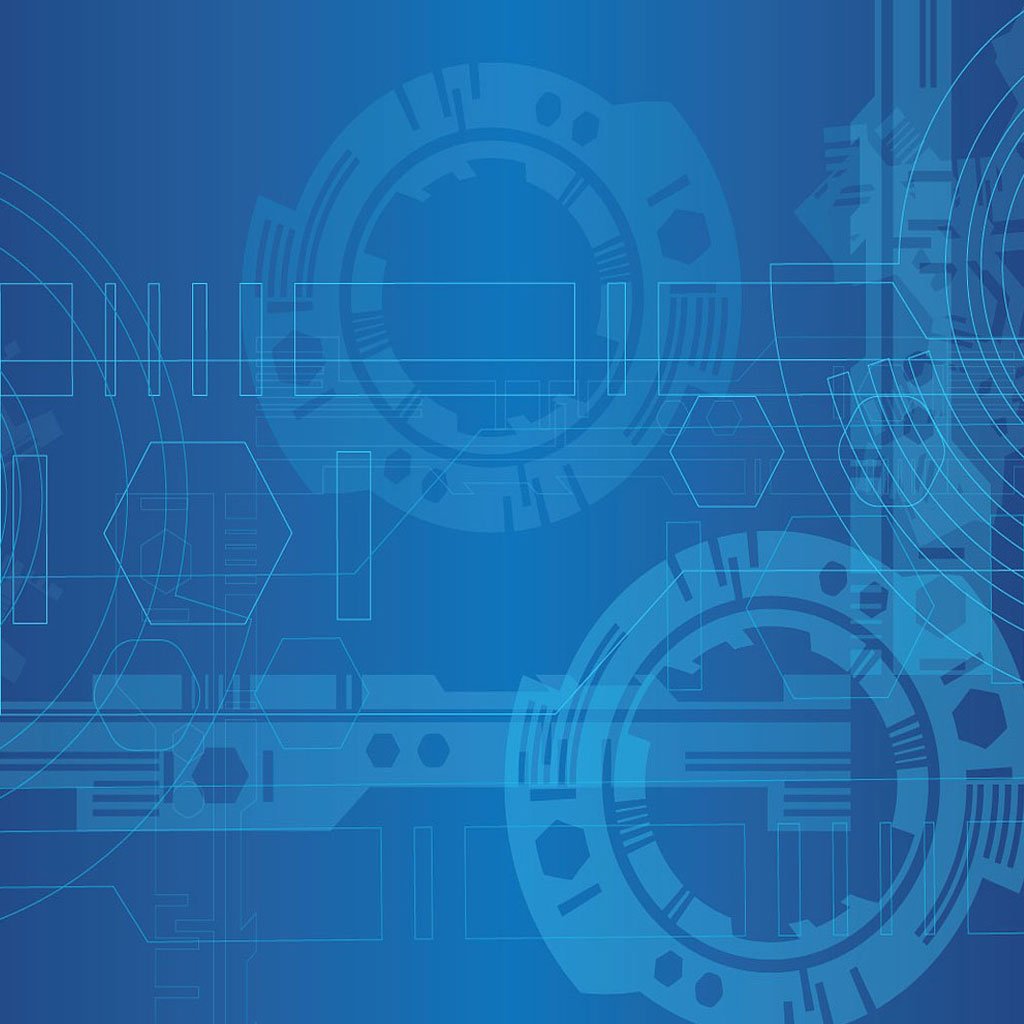
How are companies using blockchain for digital asset management?
Last updated: April 04, 2024 | Digital Techtune
In the dynamic landscape of modern business, the management of digital assets has emerged as a critical priority for companies across industries. From financial institutions to supply chain management, the efficient handling and safeguarding of digital assets have become paramount. In recent years, blockchain technology has garnered significant attention as a transformative solution to revolutionize digital asset management. This article delves into the innovative ways companies are leveraging blockchain for digital asset management, exploring its potential, challenges, and future implications.
Understanding Blockchain Technology:
Blockchain technology, often synonymous with cryptocurrencies like Bitcoin, is a decentralized, distributed ledger system. It operates as a transparent and immutable record of transactions across a network of computers, known as nodes. Each transaction is securely recorded in a block, linked to the preceding one, forming a chronological chain. This structure ensures the integrity and security of data, as altering a single block would require altering all subsequent blocks, an impractical feat due to the computational power needed and the distributed nature of the network.
Blockchain for Digital Asset Management:
Companies are increasingly turning to blockchain technology to streamline and enhance various aspects of digital asset management. Here are some key ways in which blockchain is reshaping this field:
Tokenization of Assets:
Blockchain enables the digitization and tokenization of physical assets, securities, or even intellectual property rights. By representing assets as tokens on a blockchain network, companies can fractionalize ownership, increase liquidity, and facilitate faster and more transparent transactions. Real estate, art, and even loyalty points are being tokenized, unlocking new avenues for investment and asset management.
Supply Chain Traceability:
In industries like food and pharmaceuticals, maintaining transparency and traceability throughout the supply chain is crucial. Blockchain provides an immutable record of every transaction and movement of goods, from raw materials to the end consumer. This transparency not only enhances trust but also enables efficient tracking of assets, reducing the risk of fraud, counterfeiting, and supply chain disruptions.
Smart Contracts:
Self-executing contracts, or smart contracts, have the conditions of the contract explicitly encoded into the code. Leveraging blockchain’s decentralized architecture, smart contracts automate and enforce the execution of contractual agreements, eliminating the need for intermediaries and reducing the risk of disputes. Companies are utilizing smart contracts for various asset management functions, including royalty payments, insurance claims processing, and supply chain agreements.
Digital Identity Management:
Blockchain offers a decentralized solution for managing digital identities securely and efficiently. By storing encrypted identity information on a blockchain, individuals can maintain control over their data while granting selective access to authorized parties. This has significant implications for digital asset management, as it enables seamless authentication, authorization, and management of user identities across platforms and applications.
Data Security and Integrity:
Data breaches and unauthorized access pose significant risks to digital asset management. Blockchain’s cryptographic techniques and consensus mechanisms ensure data security and integrity by encrypting data and validating transactions through consensus among network participants. This reduces the risk of tampering, fraud, and unauthorized access, providing companies with greater confidence in the security of their digital assets.
Case Studies:
To illustrate the real-world applications of blockchain technology in digital asset management, let’s explore a few compelling case studies:
Maersk and IBM’s TradeLens:
TradeLens, a blockchain-based platform developed by Maersk and IBM, aims to digitize and streamline global trade operations. By providing a secure and transparent ledger for tracking shipments, TradeLens enables stakeholders to access real-time information on the status and location of goods throughout the supply chain. This enhances efficiency, reduces paperwork, and mitigates the risk of delays and disputes, ultimately improving digital asset management in international trade.
Tokenization of Real Estate with Propy:
Propy, a blockchain-powered real estate marketplace, facilitates the tokenization and trading of property assets on a global scale. By representing real estate assets as digital tokens on a blockchain, Propy enables fractional ownership, automated transactions, and transparent property transfers. This not only increases liquidity in the real estate market but also democratizes access to property investments, revolutionizing traditional asset management practices.
Microsoft Azure Blockchain:
Microsoft Azure offers a blockchain-as-a-service (BaaS) platform that enables companies to build, deploy, and manage blockchain applications with ease. Through Azure Blockchain, companies like Xbox are exploring innovative solutions for digital rights management, leveraging blockchain’s immutable ledger to track and manage the distribution of digital assets, such as game licenses and downloadable content. This ensures secure and transparent asset management while enhancing the user experience for gamers.
Challenges and Considerations:
While blockchain holds immense promise for digital asset management, several challenges and considerations must be addressed:
Scalability:
Blockchain networks have scalability problems, especially when there are a lot of transactions being handled. As more companies adopt blockchain for asset management, scalability becomes a critical concern that requires innovative solutions, such as layer 2 scaling solutions and interoperability protocols.
Regulatory Compliance:
Businesses adopting blockchain-based asset management systems may face difficulties due to jurisdiction-specific regulatory uncertainty and compliance requirements. Companies must navigate regulatory frameworks and ensure compliance with relevant laws and regulations, such as anti-money laundering (AML) and know-your-customer (KYC) regulations.
Interoperability:
Achieving interoperability between different blockchain platforms and legacy systems is essential for seamless integration and data exchange. Standardization efforts and interoperability protocols are necessary to enable interoperability and facilitate collaboration among diverse stakeholders.
Data Privacy:
While blockchain offers transparency and immutability, it also raises concerns regarding data privacy and confidentiality. Companies must implement robust privacy mechanisms, such as zero-knowledge proofs and privacy-preserving techniques, to protect sensitive information while leveraging blockchain for asset management.
Future Outlook:
Despite the challenges, the future outlook for blockchain in digital asset management is exceedingly optimistic. As blockchain technology matures and evolves, companies will continue to innovate and explore new applications for managing digital assets more efficiently, securely, and transparently. Interdisciplinary collaboration, regulatory clarity, and technological advancements will play pivotal roles in unlocking the full potential of blockchain for transforming digital asset management across industries.
Conclusion:
Blockchain technology represents a paradigm shift in digital asset management, offering unprecedented opportunities to streamline processes, enhance security, and unlock new value propositions. From tokenization and supply chain traceability to smart contracts and digital identity management, companies are harnessing blockchain’s transformative capabilities to revolutionize how they manage and safeguard digital assets. While challenges remain, the ongoing innovation and adoption of blockchain herald a future where digital asset management is more efficient, transparent, and resilient than ever before.

